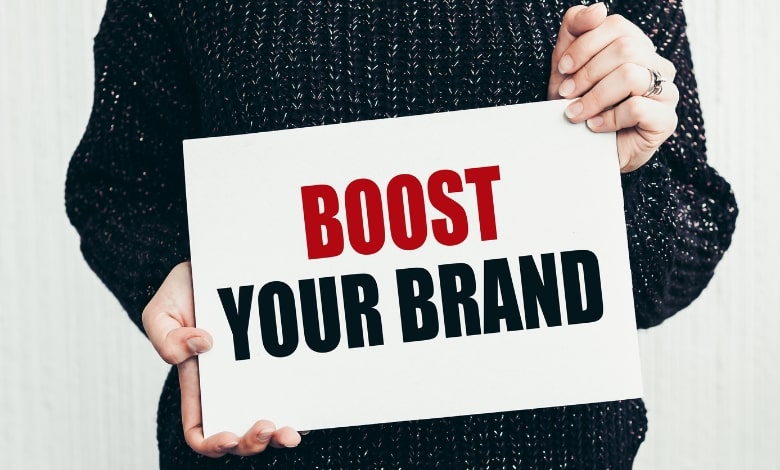Nimble Ways Any Organization Can Enhance Brand Awareness Research

In the dynamic world of business, brand awareness is a critical component of success. To stand out in a crowded marketplace, organizations must continuously adapt and innovate their brand awareness strategies. Nimbleness and data-driven decision-making are key. In this blog post, we’ll explore nimble ways any organization, regardless of size or budget, can conduct brand awareness research rooted in data collection and analysis.
1. Social Media Engagement Metrics
Harness the power of social media analytics to gauge your brand’s impact. Track metrics such as likes, shares, comments, and engagement rates. Analyzing this data helps you understand which content resonates most with your audience, guiding future content strategies.
Example: Notice that posts featuring user-generated content receive higher engagement. You can conclude that involving your audience in content creation enhances brand awareness.
2. Online Surveys and Polls
Utilize online survey tools to gather insights directly from your audience. Create short, focused surveys to understand customer sentiment, preferences, and perception of your brand. This data-driven approach aids in refining your brand messaging.
Example: A survey reveals that customers associate your brand with quality but are unaware of your sustainability efforts. This data prompts you to incorporate eco-friendly messaging into your branding.
3. Keyword Analysis
Leverage keyword research tools to identify search terms relevant to your industry. Understanding which keywords are driving traffic to your website or social media profiles provides valuable insights into what aspects of your brand are attracting attention.
Example: Discover that your brand ranks high for “affordable tech gadgets.” You can emphasize affordability in your branding to attract budget-conscious consumers.
4. Competitor Benchmarking
Monitor your competitors’ online activities and assess their brand awareness strategies. Analyze their social media presence, content, and engagement metrics. Benchmarking against competitors can help you identify gaps and opportunities for improvement.
Example: Identify a competitor’s successful influencer partnership. You can replicate this strategy by collaborating with influencers in your niche to expand your reach.
5. Email Marketing Analytics
Dive into email marketing data to measure the effectiveness of your brand awareness campaigns. Examine open rates, click-through rates, and conversion rates. Identify which email content drives the most engagement and adjust your messaging accordingly.
Example: Notice that emails with customer success stories receive higher click-through rates. You can prioritize sharing these stories to boost brand trust and awareness.
6. Customer Feedback Analysis
Thoroughly analyze customer feedback, including reviews and comments on your website and social media. Extract valuable insights about what customers love and where improvements are needed. This data-driven approach aids in enhancing your brand’s reputation.
Example: Detect recurring mentions of slow customer support response times. You can prioritize streamlining your support system to improve brand perception.
7. A/B Testing
Conduct A/B tests on various elements of your branding, such as website design, ad copy, or email subject lines. Collect data on user behavior and preferences to refine your brand’s visual and messaging components.
Example: A/B testing reveals that a specific color scheme leads to longer website visit durations. You can implement this color scheme across your brand materials for increased engagement.
8. Heatmap Analysis
Use heatmap tools to visualize user interactions on your website. Heatmaps reveal which sections of your website receive the most attention and where users tend to drop off. This data helps optimize user experiences.
Example: Heatmaps show that users rarely scroll past the first two product listings. You can reorganize your product page to highlight the most popular items.
9. User Behavior Tracking
Implement user behavior tracking tools to follow user journeys on your website or app. Analyzing data on page visits, click paths, and conversion funnels helps you understand how users interact with your brand online.
Example: Data shows that users frequently abandon their carts at the shipping cost stage. You can offer free shipping during promotional periods to reduce cart abandonment rates.
10. Customer Segmentation
Segment your customer base based on demographics, behaviors, and preferences. Tailor brand awareness campaigns to each segment’s specific interests. Data-driven segmentation ensures your messaging resonates.
Example: Identify that a segment of your customers is particularly interested in eco-friendly products. You can create targeted campaigns highlighting your sustainable offerings for this group.
Conclusion
Nimble brand awareness research isn’t reserved for large corporations with extensive resources. Organizations of all sizes can leverage data-driven strategies to enhance their brand presence. By incorporating these nimble approaches, rooted in data collection and analysis, you can make informed decisions, refine your branding efforts, and ultimately strengthen your brand’s impact in the market. Remember, in today’s fast-paced business environment, adaptability and data-driven insights are your keys to success.





